Through the topic of ‘waste’ we explore design interventions, counter- cultures and creative innovations that respond to a profligate society.
The Matters research theme explores the behaviour of matter and matters of behaviour and. We engage in the re-valuation of waste material, seeing it as a resource for social, cultural, economic and environmental development.
The Wiki-Waste-Workshop is a specific research project exploring the notion of a co-learning space facilitated by shred knowledge and accessible technologies.
Design staff and design and craft students work with communities in remote places across the world to creatively and collaboratively work together to make a difference.
By using different 21st century communication technologies and interactions we develop relationships, learn from one another and support the improvement of lives and places by sharing knowledge and ideas.
In 2015 we started working with The Dreamcatcher Foundation and a community called Melketfountain in South Africa.
We starting testing a co-designed model that seeks to understand what makes a place, its values, needs and resources including what waste they have in the community. We then work collaboratively with the community to design and create meaningful products made from the waste that respond to their values and needs.
The aim was to provide a supportive connected-community nurturing co-learning between remote places and foster social development through shared knowledge development. This leads to new life and community improvement opportunities. WWW supports personal and cultural development and improved identity, education especially for women through creativity and entrepreneurship stimulated by new relationships and shared learning experiences.
Communities can generate value to improve lives and designers and students get real insights as to how to apply their skills in 'making a difference'. The workshop is therefore as much a conversation and relationship as it is a creative, productive space.
Thanks to Dreamcatcher and Utopia Foundation for supporting the project.









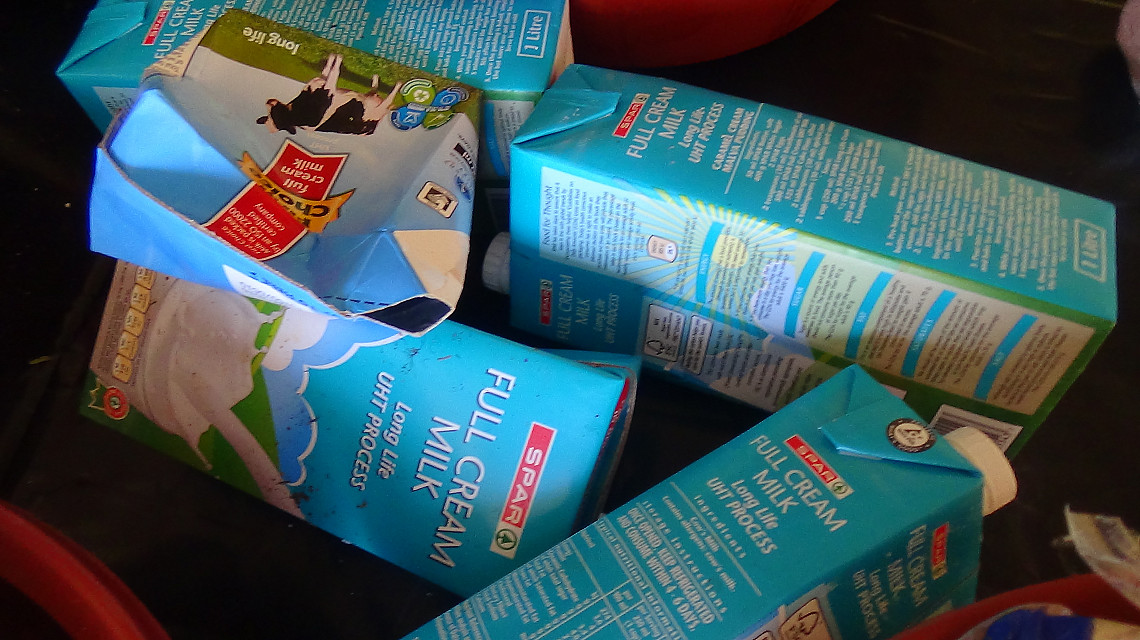









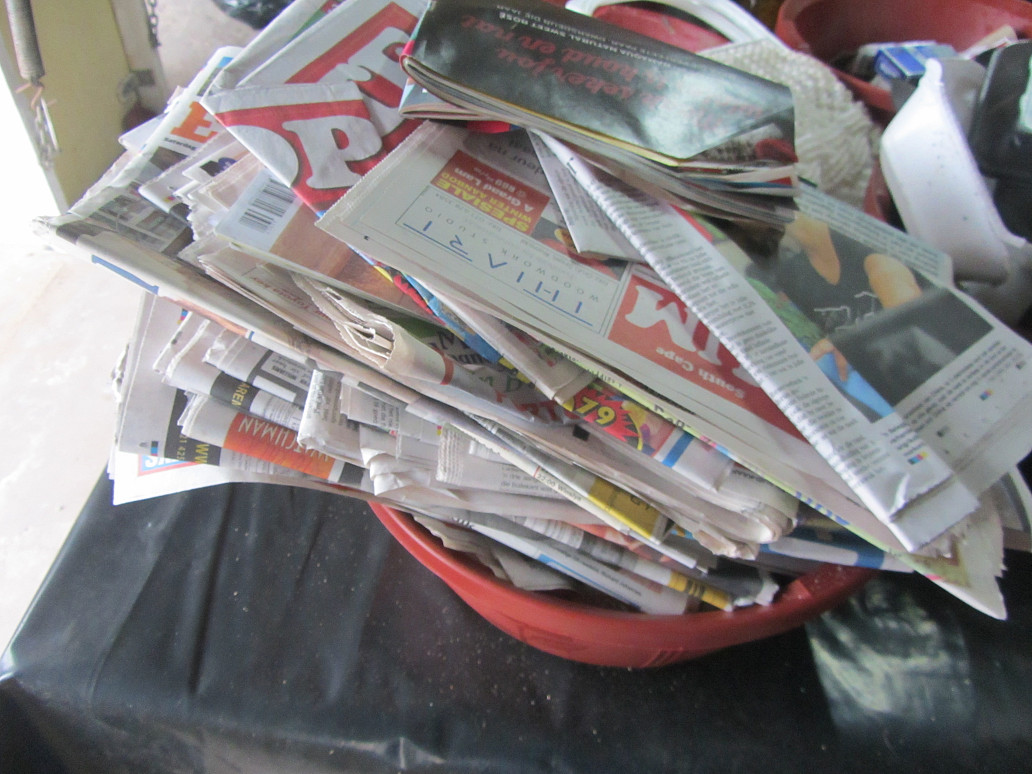








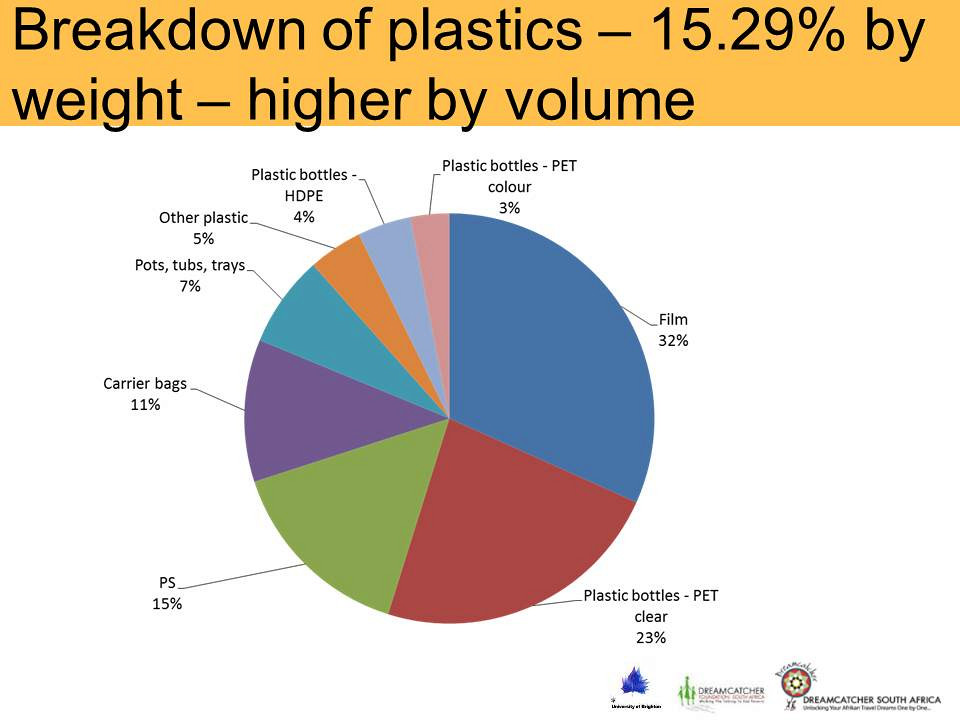











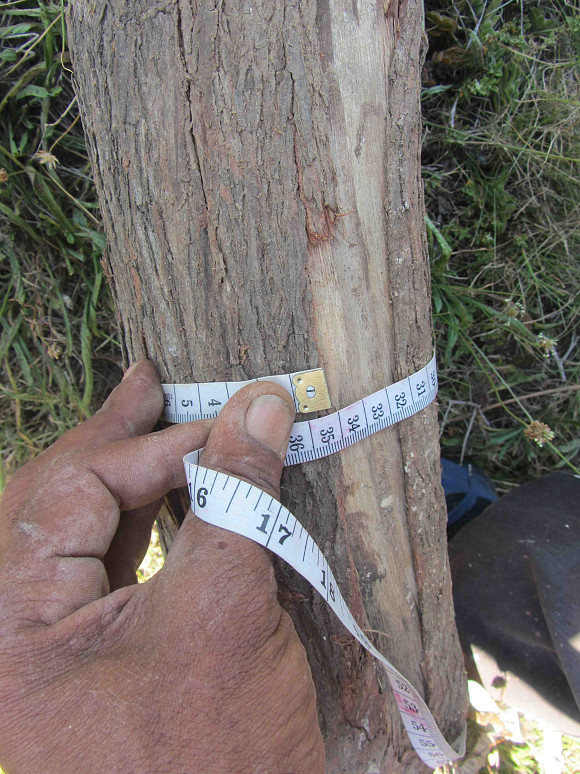


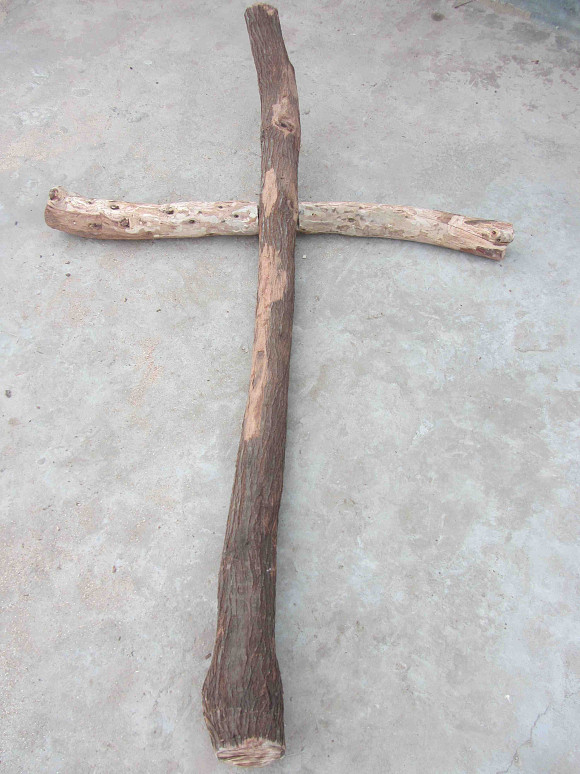




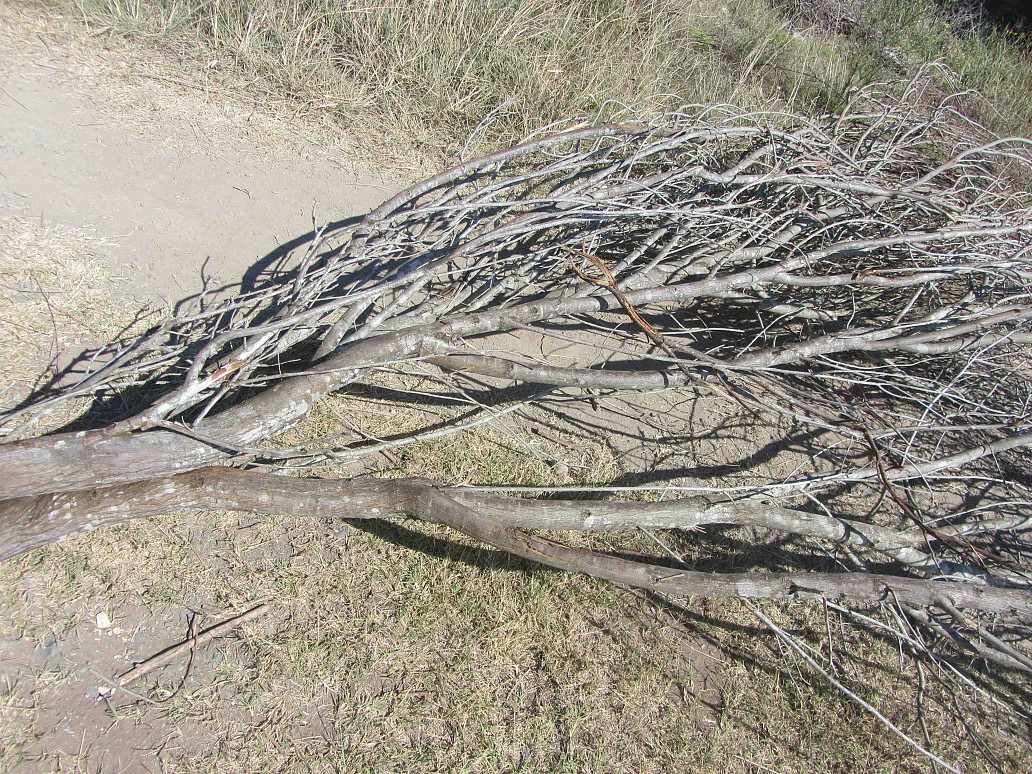




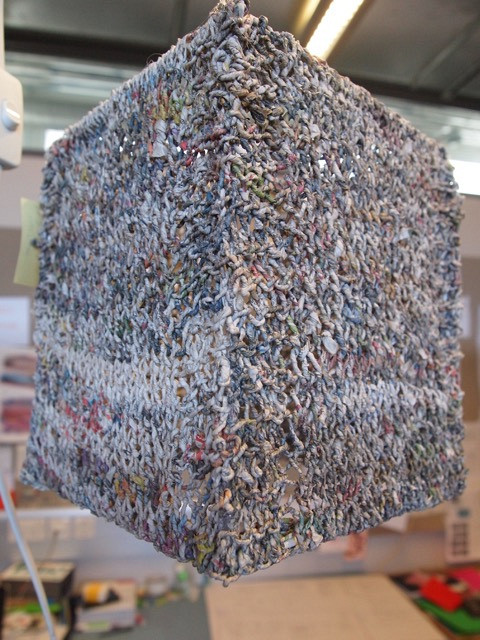







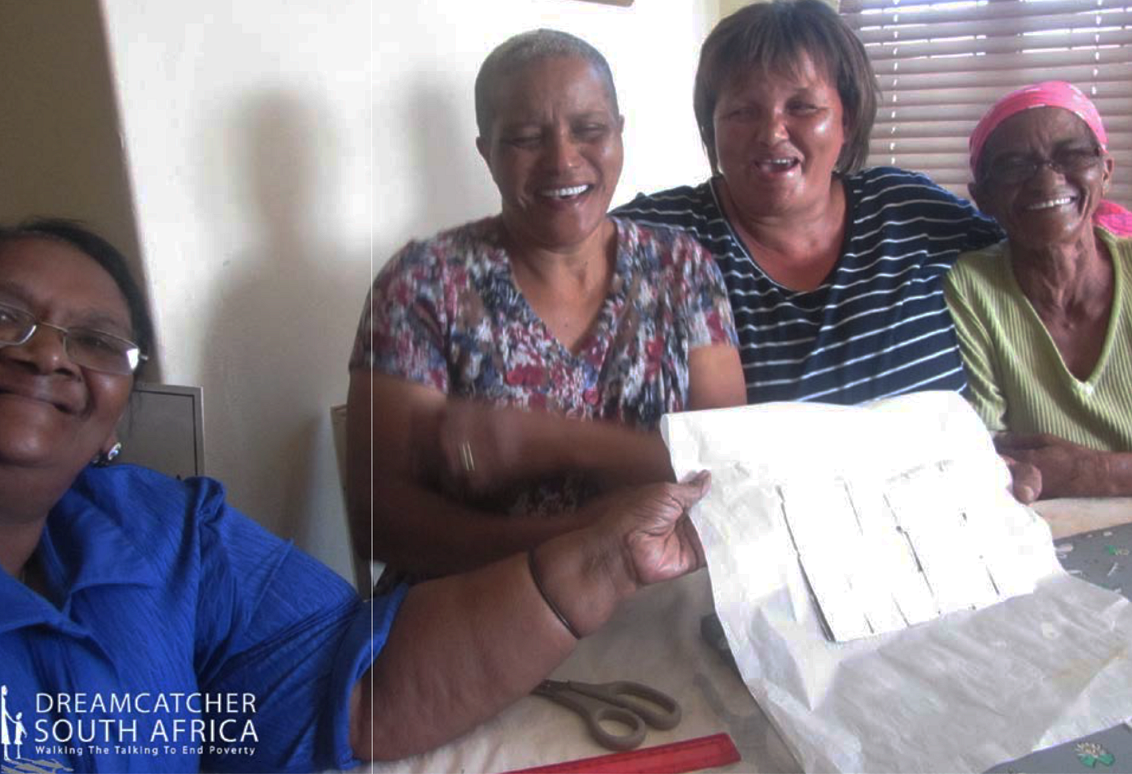
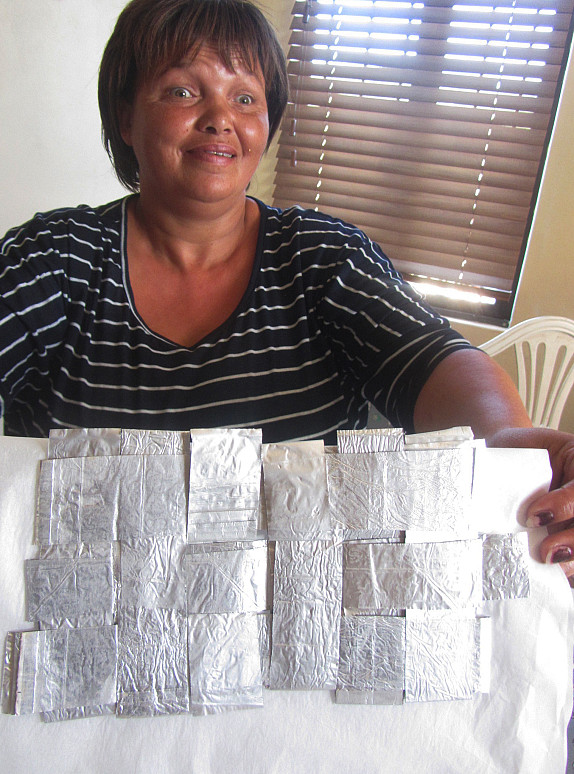




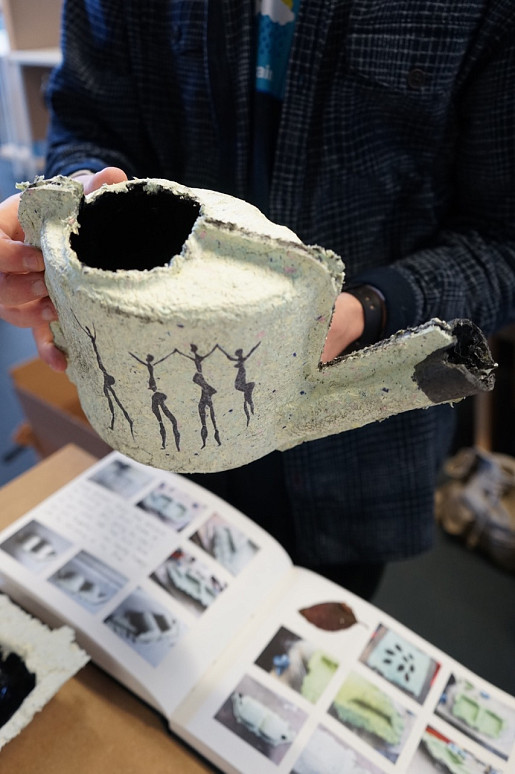

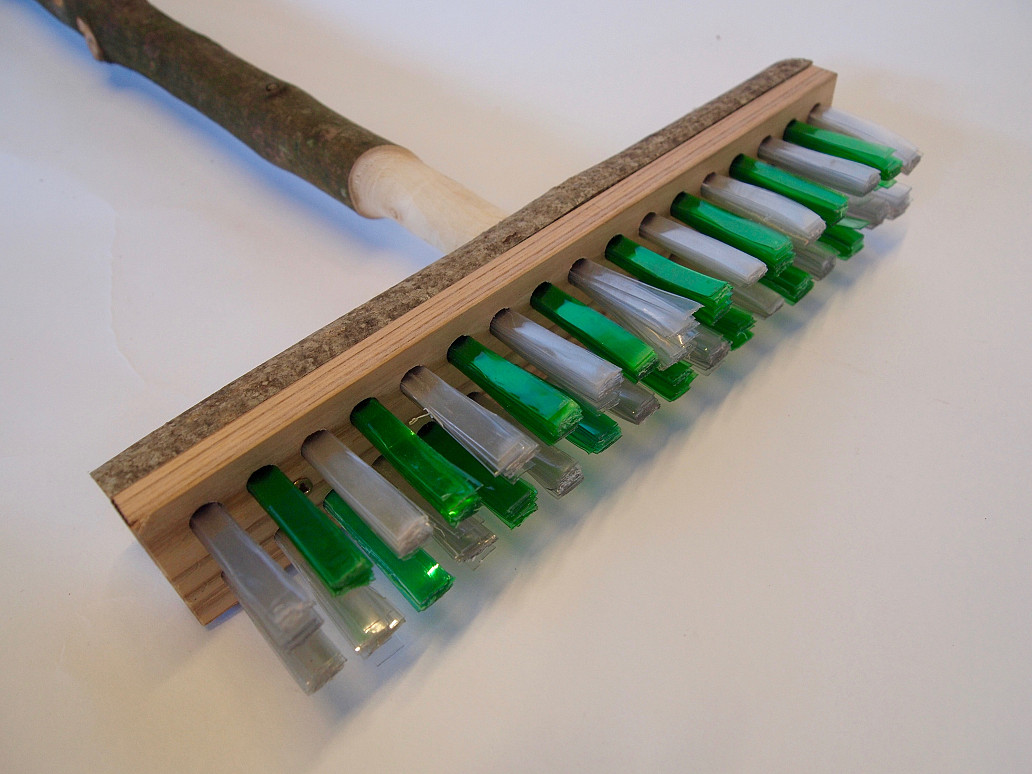











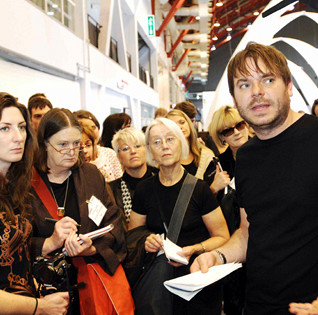








Comments
ryantheeagle posted on 21 November 2016 07:37
Hi Giulia
Thanks for your questions. See my response below
Is tea a common beverage? and is it loose tea or in tea bags the one sold in the area?
Tea and coffee are both popular - most tea is in tea bags - very few will have loose tea.
Also, is there any food stalls on the beach? (like take away restaurants/fast food?) - I am looking into food packaging here-
There only tends to be food stalls on the beach during Christmas (their summer and height of the tourist season). However a common trend in Stilbaai and Melkhoutfontein throughout the year is the use of polystyrene containers for takeaways. All fish and chip shops, take outs including from Spar (the main supermarket in town where they sell take aways) etc use disposable polystryene trays. Lots of meat and fruit/vegetables are also packaged this way.
Are disposable cutlery part of the percentage of waste plastic?? cheers
Yes - but a very low percentage.
I would suggest focusing on dense polystryene containers - they are very bulky and in plentiful supply.
Hope this helps.
Regards
Ryan
Giulia posted on 14 November 2016 16:42
Hi all, I have a few questions!
Is tea a common beverage? and is it loose tea or in tea bags the one sold in the area?
Also, is there any food stalls on the beach? (like take away restaurants/fast food?) - I am looking into food packaging here-
Are disposable cutlery part of the percentage of waste plastic?? cheers
Matters project posted on 11 March 2016 15:26
Hi all
Thanks for the question below on flowers/plants - see answers
What species of flowering plants are there? What flowering plants are being used in the botanical garden?
We are in the middle of the Cape Floral Kingdom and there are a couple of thousand species in the area. These range from Proteacae (Proteas) to Restio species (thatch and grasses) and many will feature in the garden.I've had a look and suprisingly there is a lack of accessible on line visual guides to the species of the Floral Kingdom but I've passed on a book to Tanya that you can borrow which provides a images and profiles of many of the species that feature in the garden.
What seeds could be sold?
During the first years we will be selling the seeds of a wide rance of high flowering indigenous daisies (many species),and Gazania specie to start off with. We will eventually sell the rare March Lily as we have hundreds of them they are bulbs. We will sell organically grown vegetables and edible herbs.
Hope this helps
Anthea
Matters project posted on 8 March 2016 08:52
What species of flowering plants are there?
What seeds could be sold?
What flowering plants are being used in the botanical garden?
Matters project posted on 6 March 2016 18:16
Hi all
I hope you are well. Just a quick update - we've uploaded lots of new images on Acacia (see the Acacia update box) including information on dimensions.
Zoe - thanks for the post. We've added a short recipe book to the 'March 2016 update' box - Cook-Up with Kamamma. This is a project the Foundation worked on in collaboration with an organisation in Canada which saw some of the Kamammas going to Toronto. The book includes profiles on some of the Kamammas and some of their recipes. Its a scan of a document - hopefully you'll find something usable in there.
Matilda - thanks for the information on tetrapack - I'll let Anthea know and we'll look into this.
Regards
Ryan
Matters project posted on 3 March 2016 18:38
This is a message for Anthea -
I'm doing the spoon/kitchen utensil project and we talked briefly about traditional food. I was wondering if you could send over some traditional recipes?
Thankyou!
Zoe
Matters project posted on 3 March 2016 16:29
Hi everyone,
I recently discovered an article about a recycling factories in South America and one in South Africa, that processes old tetra paks. The recycling centre is a partnership between local recycling factories and the Tetra Pak company.
The tetra paks are 'chipped/ shredded', the paper is extracted and used to make new card/paper and then the aluminium and plastic coating is dried and heat pressed to make sheet material, which can then be made into corrugated roofing/ building material.
Anthea, I thought this could be an amazing possibility/opportunity for the community, and perhaps you could contact Tetra Pak directly... Just a thought!
Here's the link ---- http://bestinpackaging.com/2009/12/13/brazil%E2%80%99s-small-scale-business-model-for-recycling-post-consumer-tetra-paks/
Matilda
Matters project posted on 3 March 2016 09:26
Hi all
I hope your projects are going well - Anthea was impressed with the work presented at the crit. As you know she is on the ground in Melkhoutfontein and sent an update to Nick/Stefano/Tanya with some information that would be useful to your projects.
I've added a couple of photos onto the site as well.
I look forward to seeing your work next week.
Regards
Ryan
Matters project posted on 10 February 2016 14:52
Hi
Thanks for the latest questions - see our response below:
Would it be possible for the community to get hold of corrugated cardboard from the shops in stilbaai or is this material recycled?
This might be possible - Anthea is in South Africa next week and will report back. Something to be aware of is that households and businesses in Stilbaai have recycled collected by the municipality whilst the same service is not offered in Melkhoutfontein.
Also are tyre inner tubes a material available to get hold of?
Are you referring to old ones or new ones for bicycles? In regards to old ones - no and certainly not available on a consistent/large basis. Few residents have bikes and there is not a specialist bike shop in town. There is a sport shop though this tends to focus on fishing tackle. If you are referring to new inner tubes these would be available from that shop.
And how easy is it for the community to get hold of PVA and a source of water?
PVA - there is a hardware store in town where this could be sourced from there. In regards to water it depends how much is needed? In general though it is available as there are two springs in Melkhoutfontein and water available on tap.
Furthermore straw?
Straw is not available in significant quantities but reeds are in plentiful supply and they are growing on the property. Note the boma from the launch presentation is made from large reeds and a thinner/softer reed is available almost like papyrus.
just wondering what beach activities occur? during tourist season or not? do people surf/what is the surf like there? do they bodyboard, have picnics, play sports? like in the uk? sunbathe? can it get windy? what do tourist tend to buy a lot of? souvenirs etc ?
Very much like in the UK e.g. people picnic, sun bathe, swim. Body/board/wind surfing is very popular and has one of the best surfs in the country. People are also into sailing/boating - especially as you've got the river going out to the ocean. In terms of activity the peak periods are September to April.
Yes it can get very windy especially in August/September and February/March.
A really big event is the Annual Rugby 7s that takes place on sand 27-28th December annually where approx 20,000 people come to participate/watch.
In regards to what tourists buy look at the guidance published already which shows different market profiles - look at the 'dc-uob_design_ideas_ex_community08jan16.pdf file' under the Wiki-factory box.
Thanks
Anthea and Ryan
Matters project posted on 8 February 2016 17:20
Would it be possible for the community to get hold of corrugated cardboard from the shops in stilbaai or is this material recycled? Also are tyre inner tubes a material available to get hold of? And how easy is it for the community to get hold of PVA and a source of water? Furthermore straw?
Matters project posted on 6 February 2016 15:47
just wondering what beach activities occur? during tourist season or not? do people surf/what is the surf like there? do they bodyboard, have picnics, play sports? like in the uk? sunbathe? can it get windy?
what do tourist tend to buy a lot of? souvenirs etc ?
thanks
Matters project posted on 29 January 2016 17:45
QUESTIONS ON ACACIA/SOURCES OF WOOD
Hi all
We had a question in regards to sources of waste wood in the community.
Please note that Acacia can be used to make furniture in its natural state - there is a photo of a chair made from Acacia under the 'Acacia Cyclops section'. - click through the photos.
However it has not been utilised in the traditional way of cutting into sections/planks and planing. It has not be used commercially due to other specicies being readily available.
One thing to consider if you want planks/make furniture is to consider if the Acacia could be chipped and used to make a boarding material? I think this is something for you to discuss with teaching team. Likewise have you thought about using the Acacia as a frame due to its reliance and integrating other materials?
In regards to other sources of waste wood. Our knowledge at present is that there would be limited amount of pallets/crates etc as these normally get reused (i.e. collected by the suppliers).
You might remember from the project launch the images of the dumpsite in Melkhoutfontein. Any construction waste from the area is now delivered to the site and this would include waste wood - however there would be no consistent supply of material.
There is drift wood available (see image from the project launch of some of the Dreamcatcher kids making a shelter on the beach). There are two sources of the drift wood. If you look at the launch presentation there is an aerial photo showing the river mouth which flows into the ocean. This river is the the longest navigable river in South Africa with its source being the mountain range approx 35 km away. Following heavy thunder storms - which are frequent during summer - there is often flash flooding which results in wood being washed into the river and to the beach (often the wood travels over 30 km away). The other source is driftwood from the ocean.
Anthea will follow up to find out how much drift wood ends up on the beach (plus details of other materials). We will post onto Community21 once we hear back from Cape Nature - hopefully early next week.
Keep your questions coming !
And don't forget the botanical garden and beautiful nature.....
Have a good weekend
Regards
Ryan and Anthea
Matters project posted on 29 January 2016 17:29
IMPORTANT NOTICE - PLEASE READ
Dear all students
We want to fast track your information needs and provide you with the best support available. Can you all please follow the following communication protocols:
Use the Community 21 platform - either by posting a comment or by looking at the information posted (note we are continuously updating information - and will post a comment when new information is added). Also don't forget to look at many ideas suggested by the community - the document is 'dc-uob_design_ideas_ex_community08jan16.pdf' under the Wiki-factory box.
If you can't find this information or due to the individual nature of your query please e-mail Ryan directly rw95@brighton - he works closely with Anthea and will endevour to respond asap. Note that the Dreamcatcher Foundation has extensive community links with diverse local knowledge and this is the quickest way to get information and photos. This will also eliminate you waiting on e-mail responses from third party organisations/individuals who may not be as well connected and informed on the community.
Regards
Ryan and Anthea
Matters project posted on 29 January 2016 16:07
Hi all
Thanks for your latest questions. Answers to the three previous questions on the 'old' botanical garden, housing, and wreaths are available in the 'ar_rw_response_to_students_questions_29_1_16.pdf' file available from the 'Wiki-Waste-Factory' box under downloads.
We've also sourced some further information on Acacia from the National Department for the Environment in South Africa who were are specifically tasked with managing invader species - see 'department_of_environment_research_on_acacia_cyclops.pdf' under the Acacia box.
This includes information on their dimensions, moisture and extent. There are also a few other photos including cross sections of the wood - its important to note the exterior of wood is hardy and doesn't splinter. There is also an image of a chair made from various sized Acacia bows (we will try and get some better photos). The wood is just debarked and used in its natural state.
Regards
Anthea and Ryan
Matters project posted on 29 January 2016 12:42
What do their memorial wreaths look like ? are there any particular traditions for colour, shape, wording?
Matters project posted on 28 January 2016 09:46
Hi, Andrea, Doing a little more research on the area I have noticed that on on the tourist pages for Still Bay, they are mentioning Melkhoutfontain as having the botanical gardens and the Soete-Arbeid craft centre. Do you have any details on this please? Many thanks Cat
Matters project posted on 27 January 2016 15:47
what are the arrangements like inside the houses? do they have furniture, beds tables, storage space etc? or they most empty adaptable spaces?
Matters project posted on 26 January 2016 22:03
I met with students who had expressed an interest in using the Acacia wood on Monday 25th to discuss possible strategies. From Yellow's introduction, it appears that the local dune Acacia is very bush like - typically no more than 50mm diameter and often less. It does not look like a species that can be used in plank form, more likely to work with the organic shapes of branches not dissimilar to the sample walking sticks (?)
We discussed the possibilities of band sawing slices to create irregular profiles / to steam bend forms for baskets / to use the Power Tenon drill to create simple joints / to scorch the wood to fast dry and make decorative effects without dyes.
We discussed reforming waste polymers as rivet joints - and as a means to add colour. With caution about the fume hazards associated with these processes.
We discussed making yarns from Acacia fibre for weaving - and how weaving and binding are commonly practised craft techniques in Africa. That scrap metals could be welded together as armatures for binding over.
I brought along some examples of castings made from aluminium cans - raising the question of how much energy is needed to melt small amounts of material which is contaminated with toxic films and lacquers.
In my view, bandsaw, Power Tenon, pillar drill, wood lathe and steam bending box would be very practical tools to use for craft practice with the Acacia wood
Stefano Santilli
Matters project posted on 26 January 2016 13:12
Hi all
Thanks for your latest questions. Answers on food and the beach are available in the 'ar_rw_response_to_students_questions_26_1_16.pdf' file available from the 'Wiki-Waste-Factory' box under downloads.
Also we've added some more images/info in the Acacia Cyclops box - we'll be adding some more later this week.
Regards
Anthea and Ryan
Matters project posted on 25 January 2016 15:21
I'm just wondering what the diet is like (other than junk food!) and if there are any traditional recipes from the area that cooked in local households - especially bread recipes...
Matters project posted on 21 January 2016 20:48
wondering about access to the beach by community? what are the coastlines/beaches like? interms of rubbish being washed up? who uses the beaches? weather? are they popular? if so who too? to tourists? are they used a lot? or all year round?
Matters project posted on 20 January 2016 18:12
Hi all
We hope you are making good progress on the project. Thanks for the questions below. We've uploaded the following file ar_rw_response_to_students_questions_19_1_16.pdf which is available for the 'Wiki-Waste-Factory' box above under downloads.
In regards to materials in the waste stream we've added a box of images and some comments. We've also added some more information on Acacia Cyclops in the box above and also added some more reference materials.
If you have any more questions please don't hesitate to ask!
Regards
Anthea and Ryan
Matters project posted on 19 January 2016 14:10
Here are some questions that popped up at our ideas development session last week. We were hoping that Ryan and/or Anthea could answer them for us: * Which traditional crafts are still practiced in the community? i.e.. weaving, knitting etc. * What sort of jobs do the men do in the community? * Are there animals farmed in the area? * Are the loos flushing or composting? *Please could you give us some waste stream detail, as we don't want to design things with materials that are not generally found in the area. We know there are carrier bags and film, trays,cans etc, but are there HDPE corks for example?
Nick posted on 8 January 2016 20:31
You can ask questions here if you are logged in..